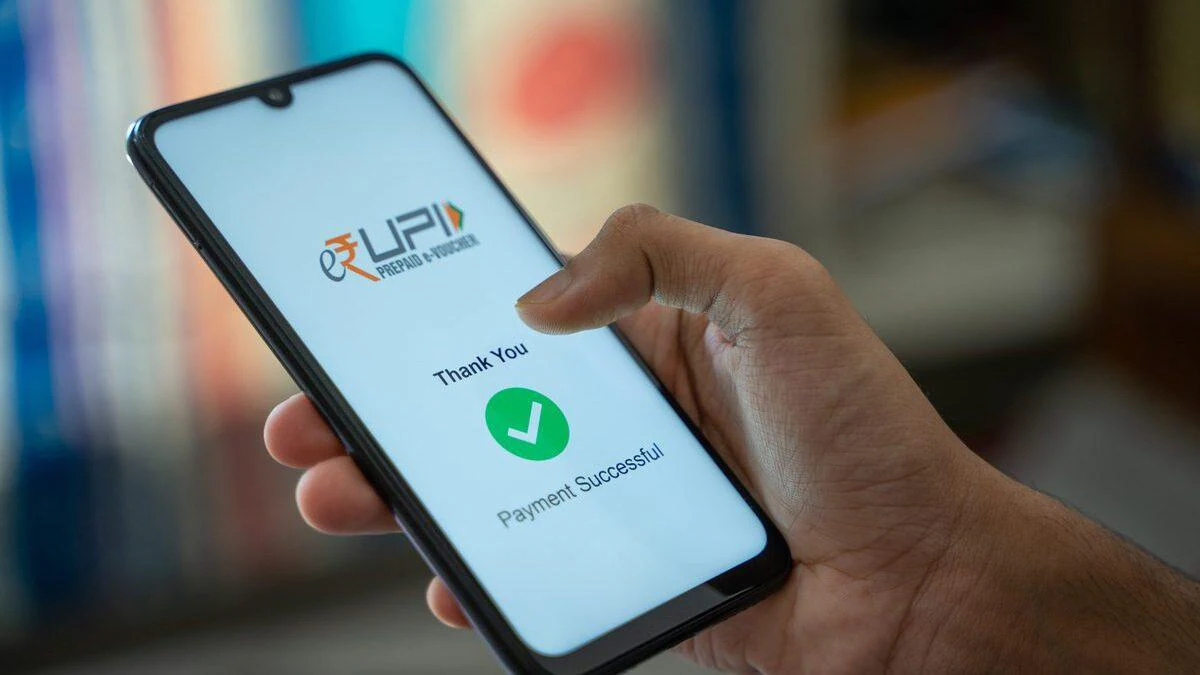India’s Unified Payments Interface (UPI) has transformed daily transactions with its simple, instant payment system. Simultaneously, cryptocurrency proponents tout digital assets as the future of money. visit hinduwire.com examines how these technologies compare and compete for dominance in India’s evolving payment landscape.
Different foundations, different strengths
UPI builds upon existing banking infrastructure, linking accounts through a simple mobile interface. This approach leverages established systems while removing friction from the user experience. The transaction process is through the banking system, with the central bank maintaining oversight and stability. Cryptocurrency creates parallel financial networks operating independently from traditional banking. Core strengths reflect these foundational differences. UPI excels at speed, simplicity, and wide acceptance across India. Cryptocurrencies offer programmable transactions, international transfers without intermediaries, and operation without banking relationships. These distinct advantages create complementary rather than purely competitive positions.
- UPI processes over 9 billion transactions monthly with settlement times under 10 seconds
- Cryptocurrency networks handle programmable transactions impossible in traditional systems
Adoption curves tell different stories
UPI achieved remarkable adoption velocity across all demographics. The system spans economic and geographic divisions from urban professionals to rural vendors. This broad acceptance creates network effects that continuously strengthen the ecosystem as more participants join. Cryptocurrency adoption follows more limited patterns. Urban, tech-savvy users with higher incomes lead adoption rates. While these demographics represent important economic segments, they constitute a fraction of India’s population.
The differences extend to merchant acceptance. Virtually all digital-ready merchants accept UPI payments. Cryptocurrency acceptance remains limited to tech-forward businesses and specific online sectors. This acceptance gap creates practical limitations for cryptocurrency as a daily payment method, regardless of technical capabilities.
- Over 50 million merchants nationwide now accept UPI payments
- Cryptocurrency acceptance remains below 0.5% of retail establishments
Regulatory approaches diverge dramatically
Regulatory environment creates the starkest contrast between these systems. UPI operates with full government support and promotion. Regulatory frameworks explicitly encourage their adoption and integration across the economy. This official endorsement creates confidence for both users and merchants. Cryptocurrency faces a more complex regulatory environment. While not prohibited, various restrictions affect its practical use as a payment system. Tax treatments, reporting requirements, and banking relationships create friction that limits mainstream adoption for everyday transactions.
Cross-border capabilities
International payment capabilities highlight different strengths between these systems. UPI primarily serves domestic transactions, with international functionality still developing. Cross-border UPI payments remain limited to specific partner countries and corridors with formal agreements. Cryptocurrency excels at borderless transfers, moving value globally without requiring correspondent banking relationships. This capability creates particular utility for international remittances, overseas purchases, and transactions in regions with limited banking connections to India.
This distinction suggests complementary roles rather than direct competition. UPI dominates domestic payments while cryptocurrency finds its niche in international transfers. The strengths of each system serve different needs within the broader payments ecosystem. UPI continues dominating everyday domestic transactions across all demographics. Cryptocurrency serves specific use cases like programmable payments, international transfers, and transactions requiring properties unavailable in traditional systems. Together, they expand the total capabilities of India’s payment infrastructure rather than simply competing for the same transactions.



